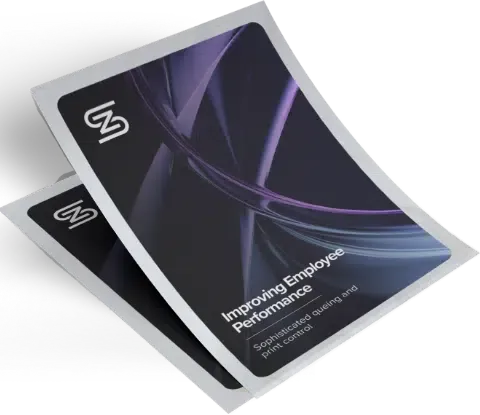Right product, right time
This area of cost savings is a little more subtle and rests on having implemented several of the preceding areas of savings – critically Cost Saving 4 – People and Cost Savings 5 – Machines.
Finding the right cadence in a plant is a skill and an art. Often plants are run to the capability of their most productive piece, rather than focus on where the process bottleneck is inhibiting the plant. That bottleneck injects cost into the process through lumpy labor costs, higher spoil rates and missed SLA.
Back in Cost Saving 5, I mentioned Toyota’s single minded pursuit of creating a whole ability to change a cast die. This project was about the ability to run a Toyota plant to a different cadence and level of flexibility that proved to be transformational. The Toyota philosophy is founded on focussing on the process bottlenecks.
In a Custom and On Demand manufacturing plant it can be a little more challenging, particularly with high SKU counts, multiple parallel production lines and several finishing types. This makes data important and therefore why having good scan data available for both people and machines is a critical enabler. With this in place deep insight can be gained into the cadence of goods in a factory.
When this richness of data is available the way that production can be looked at can be 100% inverted. Instead of examining what WIP must be completed to hit Service Level today, management focus can shift to the components of production that are running behind schedule. It’s a forest versus trees perspective shift.
When plant volume exceeds a tipping point trying to keep track of everything in production is just too hard, supervisors get overwhelmed by detail. A ‘variance to optimal dwell time’ approach means that supervisors know that everything is OK, except for the listed problem orders. They become problem solvers and efficiency drivers to optimize workflow.
With product flow unblocked, savings flow down through the plant and labor, product and missed SLA cost will be removed from the business. It also creates a powerful capability for continuous improvement and continuing to push down on dwell time by process stage and that will keep the savings flowing.
Next > Culture: Singing from the same hymn book
Read this article as a single PDF
Copyright Notice: Permission is granted to link directly to this article. However, copying, reproducing, or republishing this article, in whole or in part, without the express written permission of the author/publisher is strictly prohibited.
© ZenSmart.ai




